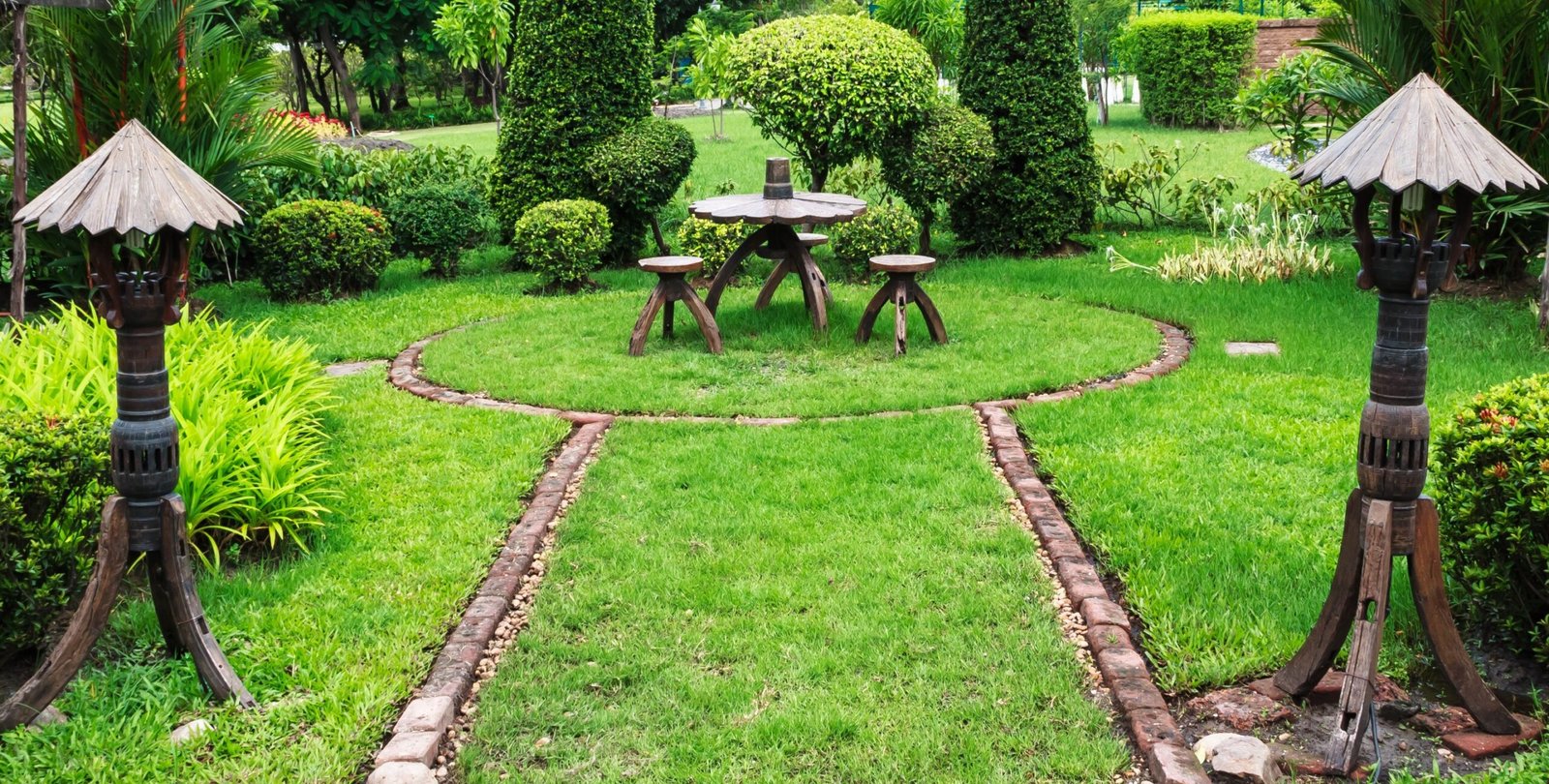As we approach the end of 2024, homeowners and garden enthusiasts seek new methods to build outdoor areas that represent their preferences, improve functionality, and embrace sustainability. Here is a complete look at this year’s top yard design trends, which include everything from nature-inspired aesthetics to cutting-edge technology.
Sensory Gardens
Sensory gardens are becoming a popular trend. They are meant to stimulate all five senses: sight, sound, touch, taste, and smell. Using a range of plants and materials allows homeowners to create immersive environments.
Consider fragrant herbs, textured leaves, vibrant blooms, and rustling grasses to attract birds and other creatures. These gardens are not only gorgeous but also therapeutic, providing a peaceful escape from everyday life.
Edible landscaping
The desire for homegrown vegetables is driving more homeowners to incorporate edible landscaping into their yards. This style promotes growing fruits, veggies, and herbs among ornamental plants, blurring the distinction between practical and aesthetically pleasant environments.
Raised beds, vertical planters, and fruit trees are just a few ideas for transforming typical gardens into delightful landscapes representing a farm-to-table lifestyle.
Multifunctional Spaces
As outdoor living becomes more popular, homeowners desire multipurpose yard designs that fulfill multiple needs. Outdoor kitchens, fire pits, and lounges provide enticing settings for entertainment, while paths, seating areas, and play zones make the yard more usable. By creating adaptable zones, homeowners may enjoy their gardens all year, regardless of season or occasion.
Low-maintenance designs
Low-maintenance yard designs are becoming increasingly important as people prioritize sustainability. Drought-tolerant plants, native species, and hardscape components such as gravel and stone lessen the need for constant watering and maintenance.
These resource-efficient choices conserve resources and give remarkable visual interest without the need for regular maintenance that typical gardens require.
Vertical Gardening
Vertical gardening is a popular technique for outdoor space in cities with limited yard space. Walls, fences, and vertical planters allow homeowners to maintain a lush environment without surrendering important ground space. This trend beautifies homes, improves air quality, and provides privacy to small yards.
Biophilic design
Biophilic design emphasizes the innate link between humans and nature and the natural components in our surroundings. This trend encourages the use of organic shapes, natural materials, and greenery in yard designs, which promotes mental health and relaxation.
Water features, native plants, and outdoor art can help create peaceful settings that develop a genuine connection with nature.
Technology-enabled outdoor furniture
As technology plays an important role in our lives, outdoor furniture is developing to match current demands. Solar-powered lights, Bluetooth speakers incorporated into chairs, and self-watering pots are among today’s trendy and technologically advanced options.
This connection enables homeowners to experience the benefits of technology while spending time in their outside spaces, hence increasing Comfort and functionality.
Color Trends
The color palette for 2024 favors deep, rich tones with colorful floral elements. Darker shades, such as charcoal, navy, and deep greens, combine beautifully with vivid splashes of color in flower beds to create great visual contrast. These combinations can transform outdoor spaces into elegant and welcoming, magnificent getaways.
Relaxing Outdoor Experiences
The need for quiet in outdoor places is greater than ever. Homeowners are creating calm sanctuaries with water features, soft lighting, and comfortable lounging places. Soundproof fencing, scented plants, and shaded corners can help to create a relaxing and thoughtful setting.
Foraged Elements
Foraging components from nature is a fascinating trend that encourages homeowners to use natural resources in their landscape designs.
This could entail incorporating driftwood, stones, or wildflowers acquired from nearby regions to create distinctive focal points. Gardeners can emphasize sustainability while also adding unique appeal to their outdoor settings by foraging for goods.
Urban Gardens
Urban gardening is increasing as city people seek to reclaim green space in heavily crowded regions. Rooftop gardens, balcony planters, and communal gardens have become crucial for urban living, allowing people to create green havens amidst concrete surroundings.
City planners are increasingly realizing the value of green spaces in promoting communal well-being. Initiatives to transform unused lots into lush gardens or parks promote horticulture and social contact among inhabitants.
More neighborhoods are implementing permaculture principles, bringing ecologically beneficial practices that promote biodiversity and food sustainability into the heart of urban life.
Regarding plant selection, urban gardens prioritize food types that provide beauty and utility. Vegetable patches, herb gardens, and fruit trees are becoming more widespread, fostering a sense of accomplishment and self-sufficiency among urban gardeners.
Eco-Friendly Landscape
The trend toward eco-friendly landscaping is expected to gain traction in 2024 as homeowners become more aware of their environmental impact.
Sustainable approaches, such as designing landscapes that require less irrigation—are popular due to their water-saving benefits.
This approach highlights the significance of using every available area creatively. Vertical gardening techniques, for example, are becoming increasingly popular.
These techniques allow gardeners to grow plants upward rather than outward. This not only makes the most of limited space but also gives urban settings a lush, bright appearance. What are the landscaping trends for 2024?
In 2025, landscaping trends will emphasize ecological practices, native flora, and the creation of multipurpose outdoor spaces that blend in with nature.

